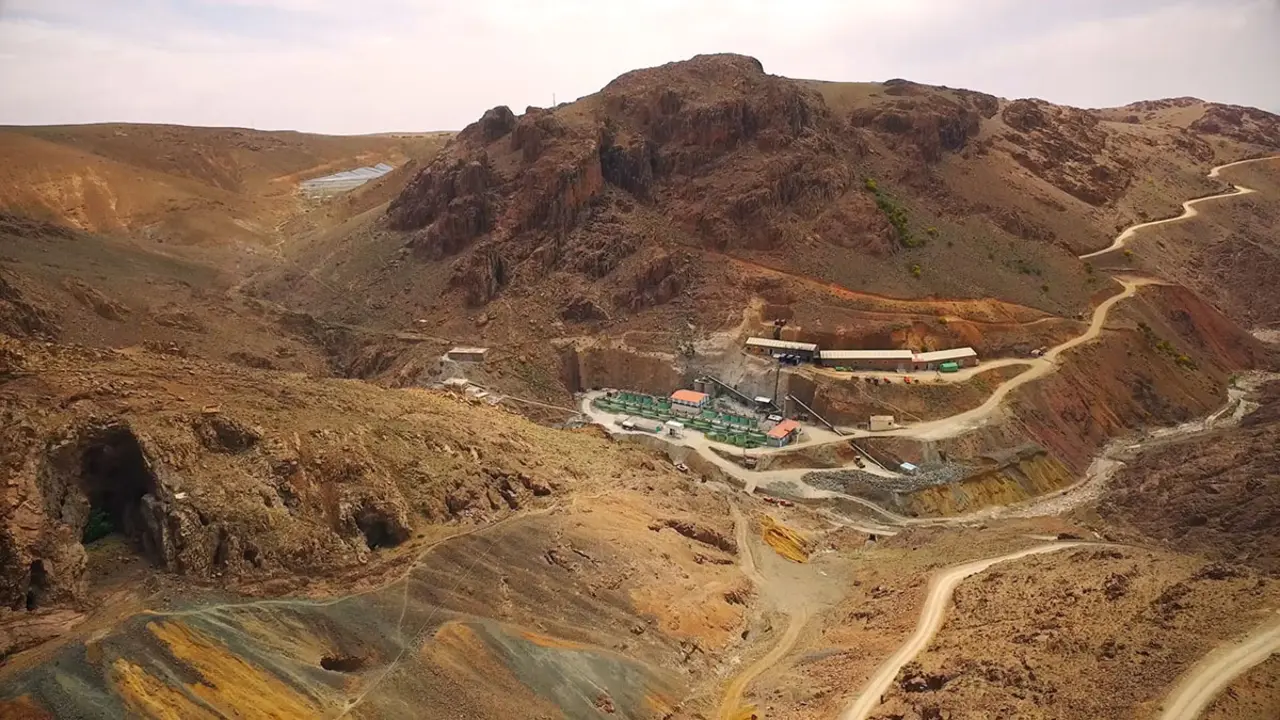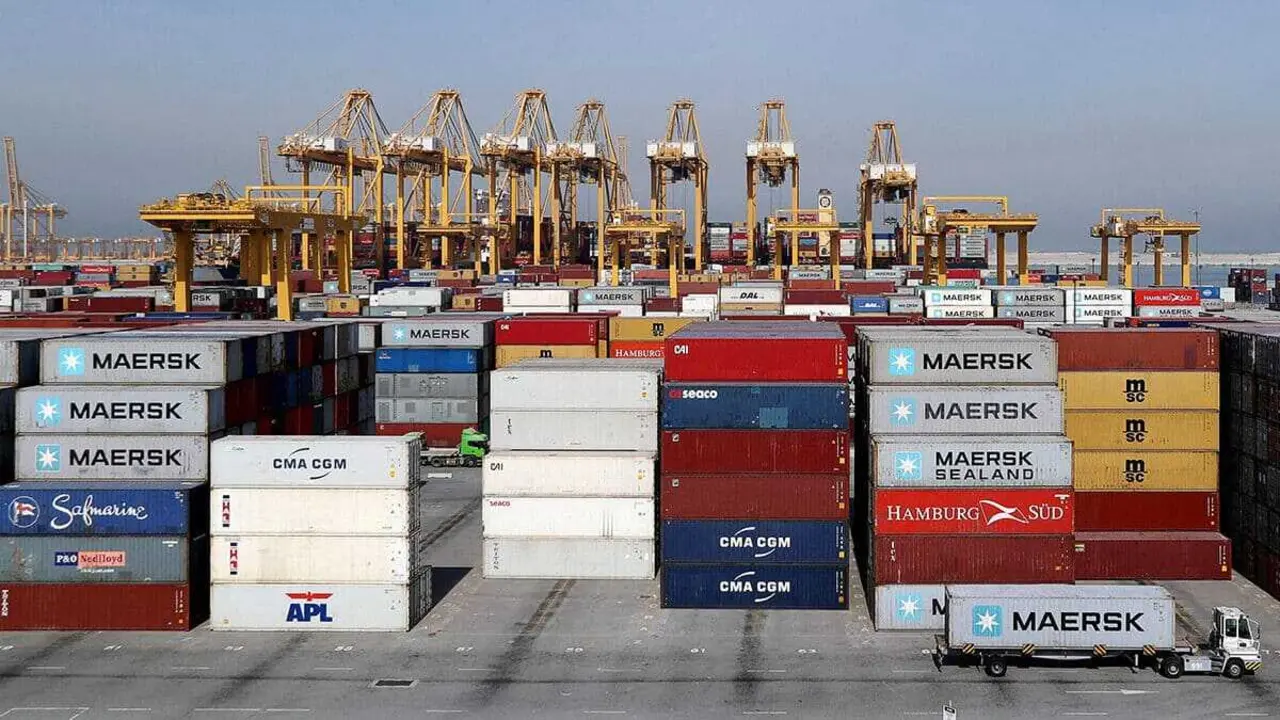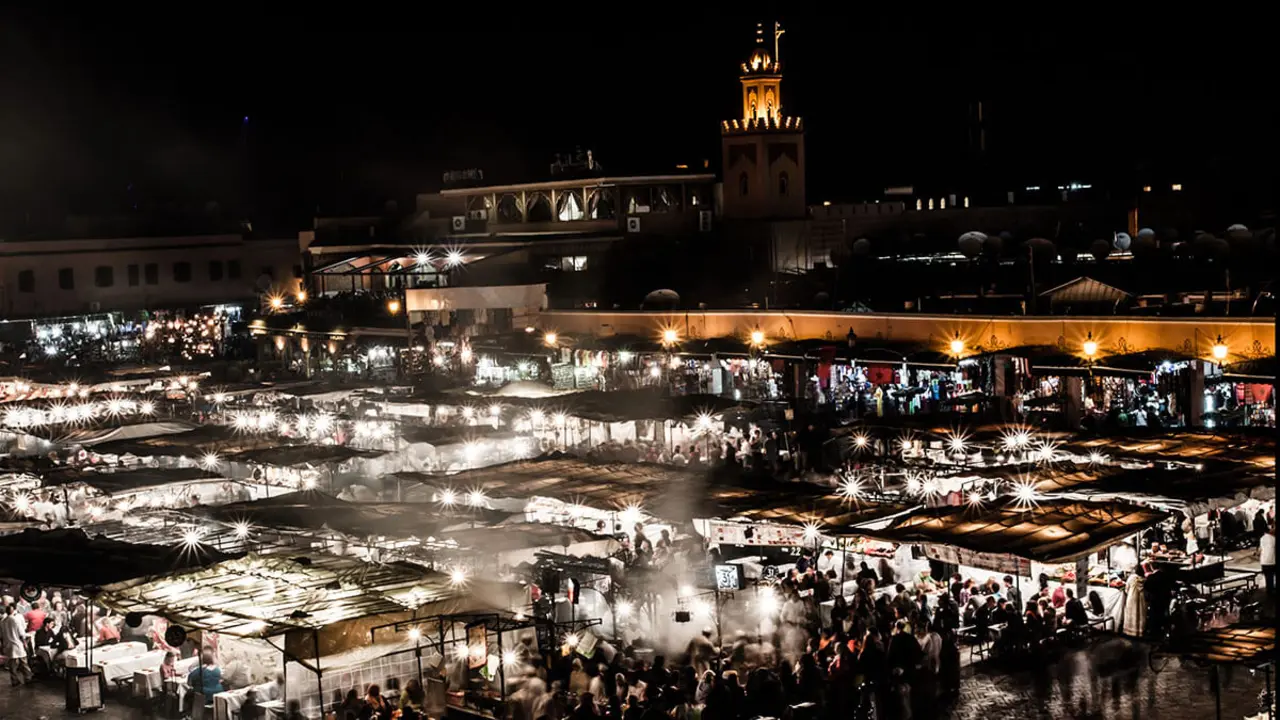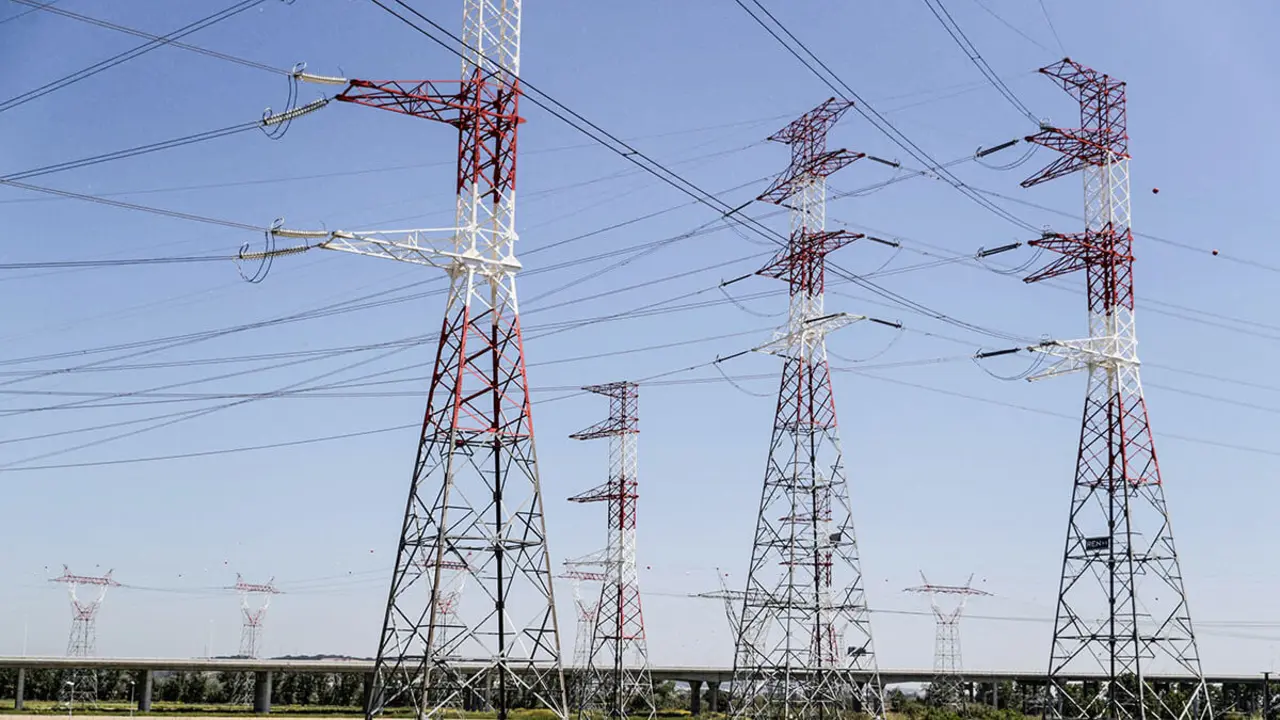Abdul Wahab al-Sadoun: "The chemicals segment has the opportunity to put innovation at the heart of its business strategy"

Abdul Wahab al-Sadoun, secretary general of the Gulf Petrochemicals and Chemicals Association (GPCA), gave an interview to Oxford Business Group to discuss the role of the GPCA and explain the industry's role in the economic diversification of the Gulf Cooperation Council (GCC).
How has the GCC petrochemical industry been affected by the COVID-19 pandemic?
The health crisis had a significant effect on the petrochemical industry. In the first half of 2020, demand collapsed and prices plummeted, a challenge compounded by supply chain disruptions related to port closures in China and increased freight rates to three times the pre-pandemic market price. These eroded the profits of producers in the GCC who were already paying high supply chain costs.
Business activity recovered in the third quarter of the year, although it has not yet fully recovered. Increased demand for raw materials used in products such as medical equipment, disinfectants and health testing and treatment tools allowed companies to maintain stable operating rates of 93%. While regional companies' 2020 business volume declined by 9.2%, they outperformed the global average of a 20% contraction. In terms of revenue, the industry has already entered the crisis with very tight margins after two years of revenue declines; a fall of -18.7% to $68.4 billion and between -20 and 24% in 2020 to $52 billion. Still, despite the challenges, over the course of 2020, GCC chemical production expanded by 1.5% compared to an overall decline of 2.6%.
To what extent has the project pipeline been reconfigured?
The value of petrochemical projects to be commissioned between 2020 and 2024 is $71bn, but Gulf companies may postpone bringing additional capacity online until demand recovers. Projects such as the crude-to-chemicals deal between SABIC, Saudi Arabia's state-owned petrochemicals company, and Saudi Aramco may be scaled back, and others such as the North Field expansion in Qatar, the Duqm refinery in Oman and the Al-Zour refinery in Kuwait have been delayed. However, other projects such as the Farabi Petrochemicals facility in Yanbu, Saudi Arabia, were commissioned in 2020, while the Kingdom's Amiral 3 petrochemicals and phosphate complexes, as well as the Borouge-4 plant in the United Arab Emirates, are on track for completion. In addition, the pandemic accelerated the sustainability agenda.
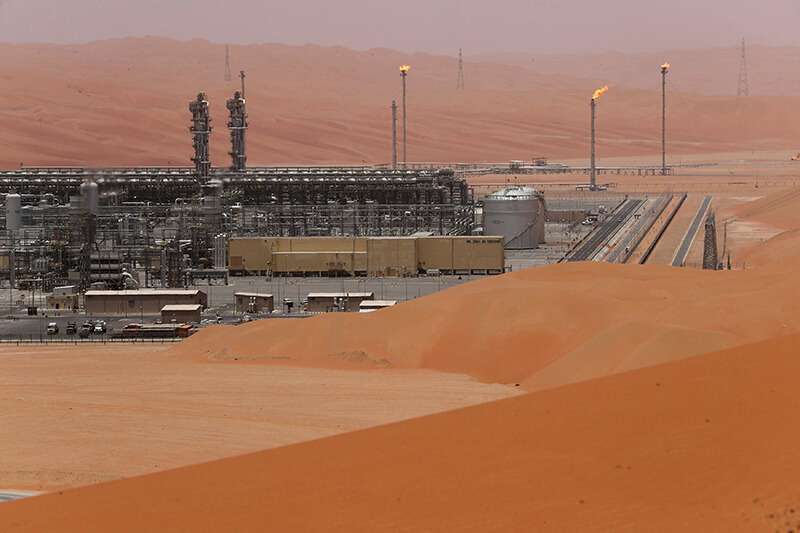
Where do you see opportunities for innovation in terms of product development, particularly in the area of sustainability?
The chemicals segment has the opportunity to put innovation at the heart of its business strategy. It is well positioned for process and product development in the areas of sustainability, circular economy, recycling, decarbonisation, raw material evolution and digitalisation. Specifically for feedstock evolution, the production of chemicals from electricity, hydrogen and CO2 is of increasing importance as producers harness renewable energy sources to manufacture synthetic feedstocks and reduce their carbon footprint.
In addition, petrochemical companies can help their customers pursue circular and sustainable economy goals with innovative products and inputs. The GCC market has been developing programmes to reduce carbon emissions, with efforts mainly focused on processes, energy optimisation, renewables and technology development. GPCA member companies have prioritised sustainability and climate change, resulting in a 23% drop in CO2 emissions since 2013.
What challenges need to be overcome to boost the industry's contribution to economic diversification?
We are at an inflection point, moving from commodity suppliers to producers of speciality chemicals. We can increase our contribution to economic diversification through technology acquisition, research and development (R&D), joint ventures with other companies, mergers, industry cluster developments and an emphasis on service, with greater support from regional governments. While countries are taking important steps to diversify beyond oil, the limited size of the regional consumer market, technological entry barriers, limited R&D capacity and high logistical costs have hindered progress and remain the main obstacles to overcome.



